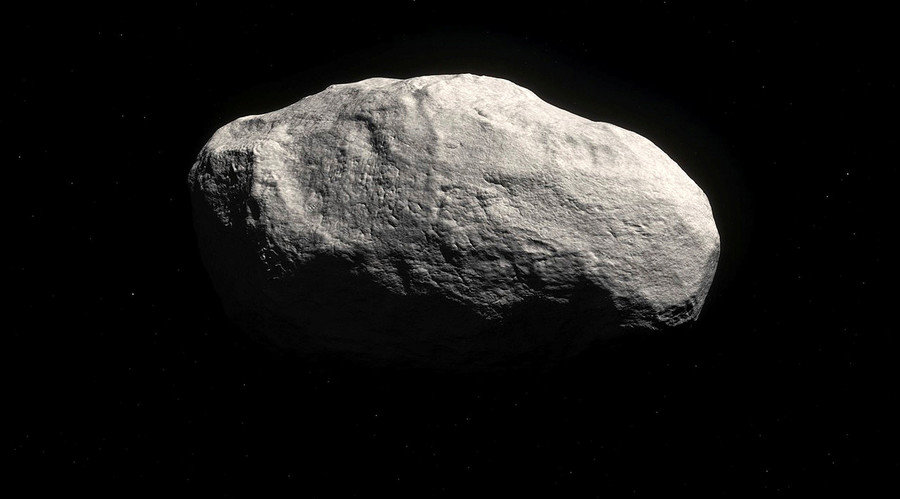
The newly found celestial object was named after a tailless breed of cats - the "Manx" comet.
The reason it lacked a tail lies in its composition, the researchers believe. Most comets are usually made of ice and frozen compounds, and when they approach the sun water vaporizes and produces a tail that glows in reflected sunlight. In the case of the "Manx" comet it's not possible because it's made of rocky materials.
The discovery of such a "strange" comet has left researchers wondering whether there are more.
"Depending how many we find, we will know whether the giant planets danced across the solar system when they were young, or if they grew up quietly without moving much," study co-author Olivier Hainaut, an astronomer with the European Southern Observatory in Germany, said.
Scientists believe the comet was formed in the same region as Earth, the inner solar system, unlike most others that "are born" at much greater distances. Researchers say the planet then ejected and reached the so-called Oort Cloud, a cold region that preserved the comet from the sun for billions of years. At some point it entered an orbit that was in range for observation and study.
"We already know of many asteroids, but they have all been baked by billions of years near the sun. This one is the first uncooked asteroid we could observe: it has been preserved in the best freezer there is," lead author Karen Meech of the University of Hawaii's Institute for Astronomy said in a statement.
The study, detailing the discovery that was published in the journal Science Advances on Friday, says the comet, also known as C/2014 S3, was first spotted in 2014.



If there's no electrical potential (+-) then it wont have a tail....